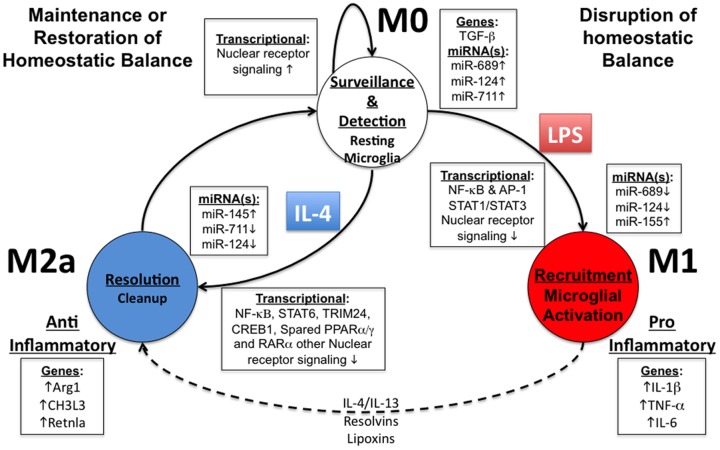Figure 5. Proposed microglial phenotype transition model.
. At the M0 state (top), resting microglia function in a surveillance and detection mode, which appears to be regulated by various nuclear receptor pathways and select miRNAs: miR-124, miR-689 and miR-711. Upon detection of a danger or pattern molecule, the resting status is disrupted and transitions to the M1 state (right). The M1 phenotype is the “classic activation” status and prominently induces canonical M1 marker genes, e.g. IL-1β, TNF-α and IL-6. miR-124 and miR-689 are critical in initiation of the transition from the M0 to the M1 state. The M1 phenotype appears to be fully mediated by miR-155, which targets the STAT3 pathway for enabling the M1-phenotype. Later, through transition from M1 to M2 or through direct IL-4 stimulation (dashed line), microglia may enter the M2a status, characterized as an anti-inflammatory and resolution phenotype. As observed with in M1, down-regulation in miR-124 and miR-711 appears to be important for release from the M0-phenotype and transition to the M2 status. The M2a-phenotype appears to rely on induction of miR-145, which may regulate the ETS1 pathway. Lastly, IL-4 signaling is dependent on STAT6, TRIM24, and CREB1 along with select nuclear receptor signaling: PPARα/γ and RARα.

